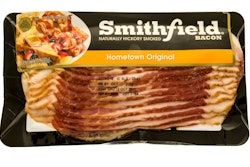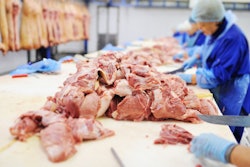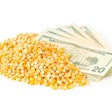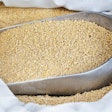
Challenges for the animal feed industry caused by the COVID-19 pandemic are interrupting the average growth rate of 4%.
The Mexican agrifood industry, as an essential activity, has not stopped working during the novel coronavirus (COVID-19) pandemic. However, during the pandemic, this sector is facing great challenges in order to guarantee that animal protein reaches Mexican households.
Feeding the population is a priority, and the commitment of all players involved in agriproducts production and supply is to maintain production. However, for this industry to function normally, it needs raw materials made by industries that were not declared as essential.
One of them is the beer industry, whose byproducts are a great feed source for cattle. So, the closure of these plants can generate a shortage of this ingredient.
Another important supplier is mining, which also stopped activities. Minerals are an essential ingredient in feed manufacturing to produce meat, eggs, milk, fish and shrimp, as well as pet food. In 2019, more than 13,000 metric tons (MT) of minerals were required from various sources, such as iron, cobalt, copper, iodine, manganese, zinc and selenium. Other essential minerals are calcium and bentonite.
“Let us not forget that China also stopped production and as one of the largest factories in the world,” said Genaro Bernal, general director of the National Feed and Animal Nutrition Council of Mexico (Conafab). “It directly affects various sectors in several parts of the world. In the case of the Mexican feed industry, we source some vitamins that are imported from that Asian country. Now we have the challenge of looking for supplies to be able to bring the final product to the Mexican tables.”
However, the biggest setback facing the agrifood industry is the devaluation of the peso, since 80% of the feed raw materials, such as feed grains, vitamins, minerals and packaging, are purchased in dollars. Last March, at the beginning of the pandemic, the exchange rate of U.S. dollar was 18.50 Mexican pesos, whereas last week it was 24.50. This means a devaluation of 32%.
On the other hand, transporting ingredients and supplies on the roads is risky. In the past few weeks, cargo transport thefts, even to vitamin warehouses, have increased.
All players involved in the national agrifood industry are working with the objective of protecting the Mexican livestock sector. According to figures issued by the Ministry of Agriculture and Rural Development (Sader), 2 million MT of beef, 1.6 million MT of pork and 12.3 billion liters of milk were produced in 2019. With respect to poultry, 3.55 million MT of chicken meat and 2.87 million MT of eggs were produced, according to figures from the National Poultry Producers Association (UNA).
Due to the pandemic, in 2020 the feed industry is likely to interrupt the 4% average growth rate it has enjoyed in recent years. In 2019, this sector generated approximately 230,000 direct and indirect jobs throughout the country and produced more than 36.5 million MT of feed in more than 550 feed mills, ranking Mexico as the world’s sixth largest animal feed producer.
View our continuing coverage of the novel coronavirus (COVID-19) pandemic.











